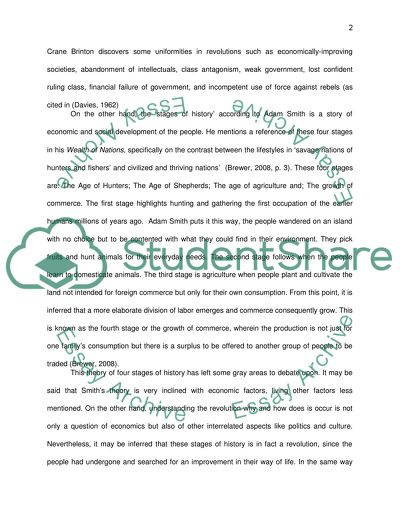Cite this document
(“Social sciences/ Sciology Essay Example | Topics and Well Written Essays - 1500 words”, n.d.)
Retrieved from https://studentshare.org/environmental-studies/1419086-social-sciences-sciology
Retrieved from https://studentshare.org/environmental-studies/1419086-social-sciences-sciology
(Social Sciences/ Sciology Essay Example | Topics and Well Written Essays - 1500 Words)
https://studentshare.org/environmental-studies/1419086-social-sciences-sciology.
https://studentshare.org/environmental-studies/1419086-social-sciences-sciology.
“Social Sciences/ Sciology Essay Example | Topics and Well Written Essays - 1500 Words”, n.d. https://studentshare.org/environmental-studies/1419086-social-sciences-sciology.


